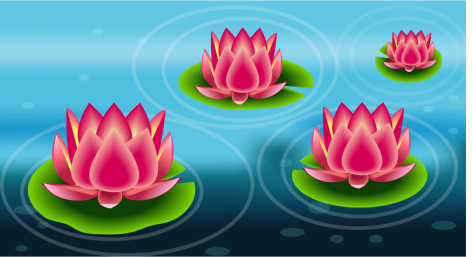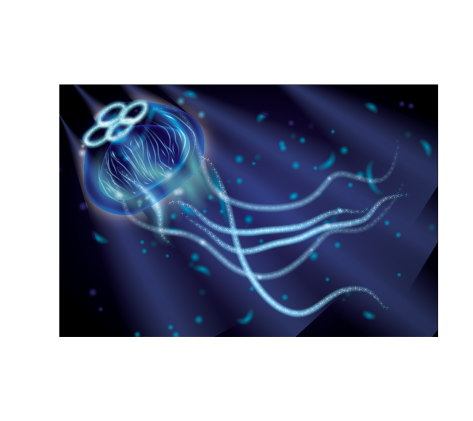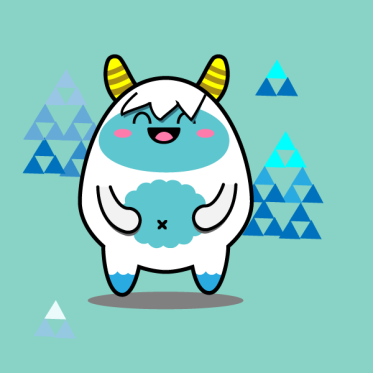
The tools that I used were the mesh tool, blending tool, the pen tool, the direct selection tool and the ellipse tool, the warping tool, and the gradient tool. over all this project was easy and I enjoyed it.

The tools that I used were the mesh tool, blending tool, the pen tool, the direct selection tool and the ellipse tool, the warping tool, and the gradient tool. over all this project was easy and I enjoyed it.
My favorite part of the project was making the glowing brush because it added so much detail and made the jelly fish prettier.


The techniques that I used where the pen tool and my perfectness of course. The favorite part of my tutorial was the end because that’s when I finished :). I struggled with the clipping mask the most other than that I think I did great.
There are Eight elements and Eight principles of Design
The first element is
Color also known as hue. The color ranges are red to yellow to green to blue then back to red. The type of elements principles identified in this picture are lines,Color and Repetition. The second element is line which is a point in motion with one dimension length. The type of elements/principles are Lines, Texture, Value.
The second element is line which is a point in motion with one dimension length. The type of elements/principles are Lines, Texture, Value.
3.The third element is mass or volume which has a solid body form. The elements/principles identified in this picture are emphasis, color, mass/volume, space, Balance.
4.The fourth element is movement which changes place in direction or oreintation (movement is NOT known as animation.) The elements/principles identified in these pictures are Color, Line, Space, Mass/Volume, Contrast, Balance.
the fifth element is space which can be visualized in 2D or 3D form. The Elements/Principles that are identified in this picture is Color, Line, Mass/Volume, 
The sixth element is texture which can be identified and as touch or a visual. The elements/principles identified Line, Repetition, Balance, and Color.  .
.
The seventh element is typography text within the picture. The elements/principles that could be identified in the picture are Color, Line, Space, and Value.
The final element is value which is the darkness or lightness of an area. The elements/principles identified in this picture is Emphasis, Texture, and Value.
The first principle of design is Balance. There are two types of form the first type is formal symmetrical, the informal type of balance is called asymmetrical. The types of elements/principles identified in these two pictures are Lines, Balance, Contrast, and Value.
The third principle of design is Rhythm/Repetition which is an alteration of elements. the Elements/Principles used in this picture are Color, Value, Contrast, and Balance.
The fifth principles of design is Unity which is the harmony of all the parts (all the principle working together. Some of the elements/principles seen in this picture Is Balance, Emphasis, Contrast, Color, and Repetition.
The sixth Principle design is contrast which is a variety with in a visual format.Some of the elements/principles seen in this picture Is Balance, Emphasis, Contrast, Color, and Lines
The seventh principle design is direction uses movement within you design. Some of the elements/principles seen in this picture Is Balance, Emphasis, Contrast, Color, and Lines

The final principle of design is alignment which creates order and organization.Some of the elements/principles seen in this picture Is Balance, Color, and Lines